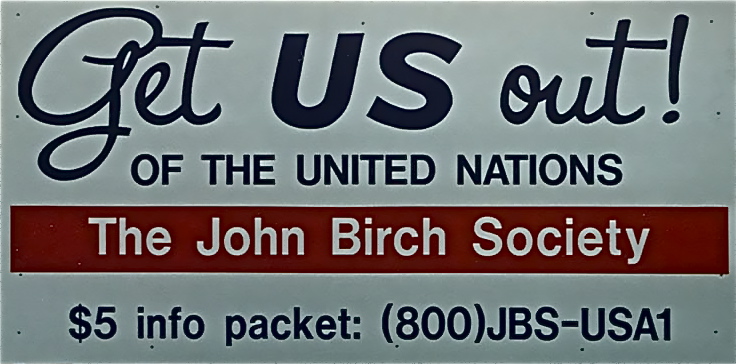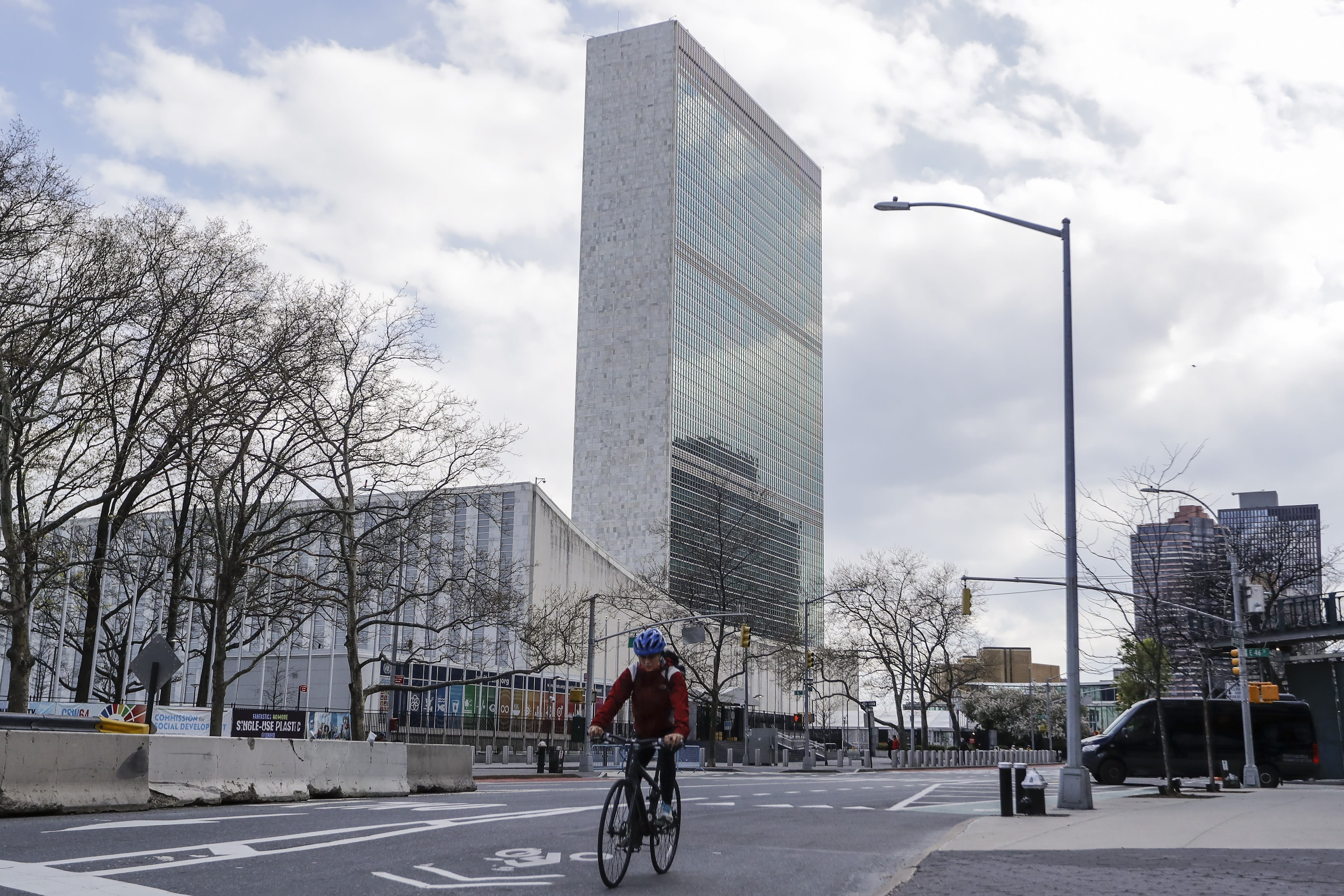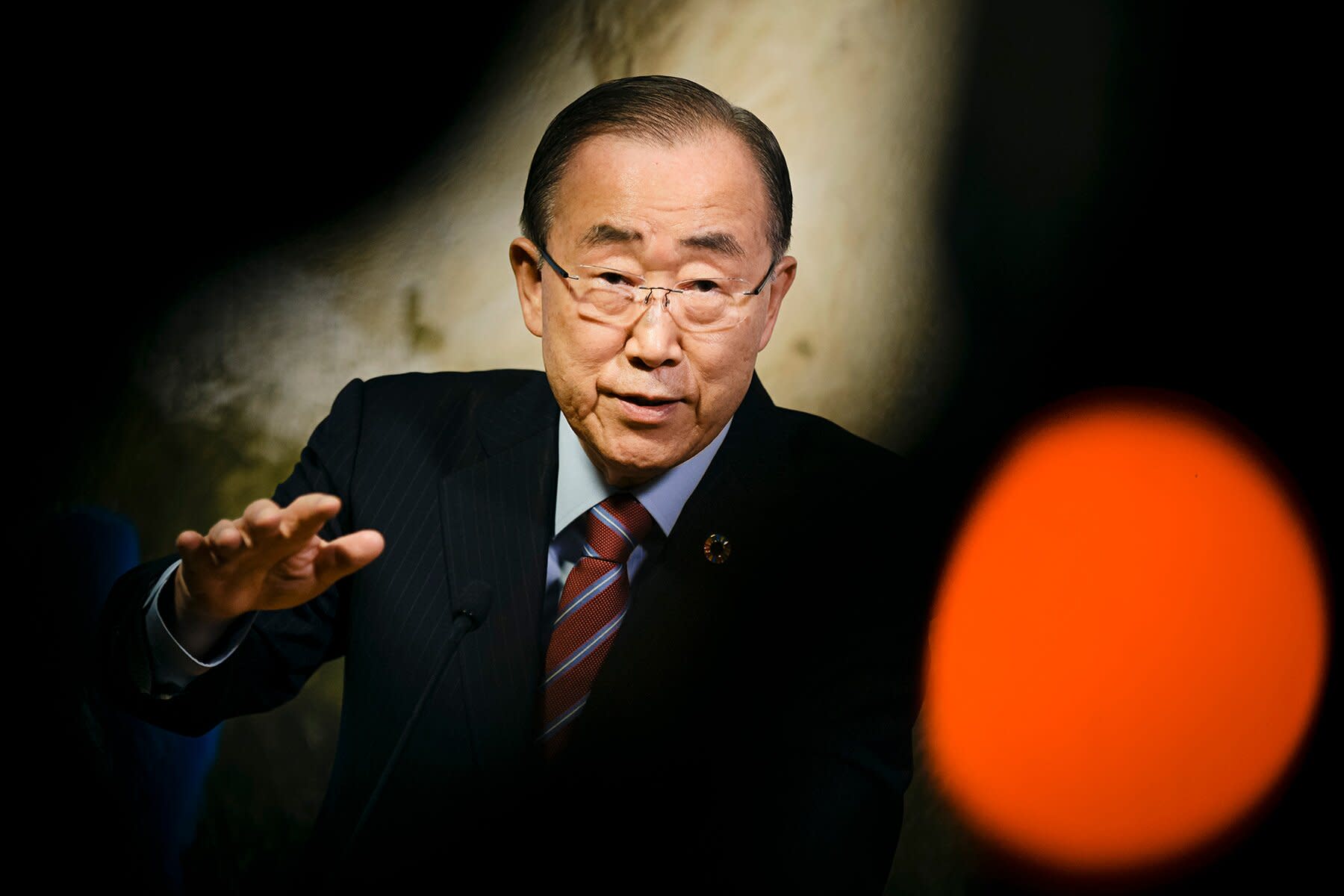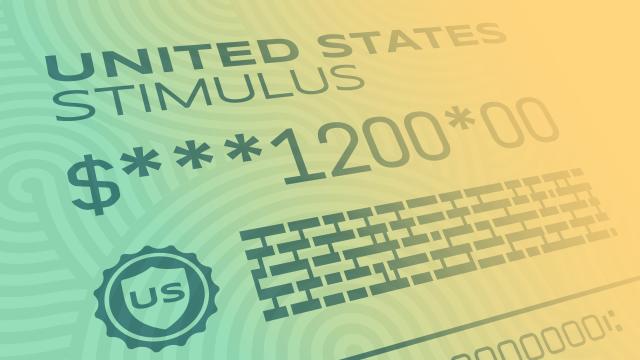heretofore (AUTHOR)
Community (This content is not subject to review by Daily Kos staff prior to publication.)
Tuesday May 31, 2016
(and why you should listen to my confession)
I have never confessed this, and as I am not adding my name, it remains, I hope, a secret; and also why this is an early post, a matter that only my sister keeps needling me about since that ONE PERIOD in the 1970s, when I also burned my Black Sabbath albums, which she caught me at, but she also caught me at growing Mary Jane on the roof top. (Mercy, sister, must you always bring this shit up?)
I was a Liberal, a hippie type, in the early ‘70s, as a kid. In 1972, some of us boys in the 5th grade actually staged a sit-in to protest the Vietnam War. It was after Kent State. When parents in a small town see politics reach all the way to their not-even-teen-aged children, well, it made an impact. I guess. That’s all I ever did for the Nam, that’s all we tykes could do. Also, fellow kid Richard M. rigged the sprinkler system to blow … because at that time me and Ross H. couldn’t do better; we were still working on explosives, having gained no experience beyond soda-and-vinegar kaboom.
Kids. (In our defense, we later graduated to mercury fulminate, inspired the 1950s book and 1960s film “Mister Roberts” which led me to a dangerous garage distillation involving nitric acid, mercury, and home-brewed methanol — because they sold all that except booze to kids in the day).
This diary is about the importance of young boys and girls, before they become young voters, and how the far Right has taken over at the local level. You all didn’t see this shit coming since it spread its wings. Let me tell you about the John Birch Society, something that you probably never heard. (You commie rats. – that was snark). This is NOT a CP diary. It is an observation based on my experience. I hope it educates someone.
-------—
So back in the mid-1970s, when the Oil Crisis was going on, I happened upon a JBS book by Gary Allan, “None Dare Call It Conspiracy.” As a teen, I was intrigued by the idea that a “cabal” of rich white men (or others), could somehow conspire to fuck up the world. What I did not know then, and know now, is that the best LIE is couched in truth. (The “truth,” as my Liberal high school teacher said, is that oil companies can and do conspire, but a world-wide conspiracy it does not make). It wasn’t until I got to college and university that my young mind realized the utter nonsense I had been feeding my mind with, and quickly returned to my Liberal roots.
That aside, let me tell you how, back then, the JBS worked, from my experience as an accolade up to, well, a trusted fellow. Yeah, I met Robert Welch (founder of the JBS, named after a missionary killed in 1945) and Gary Allen (the former in a signing of the “Blue Book,” and the later when fat Gary was taking a shit at the Ambassador in Los Angeles when I was afforded into whatever the bastards had planned for me … to be fair, they did say that I might turn into a Liberal if I went and up got educated).
Here is how the JBS worked then, and maybe works now. As an aside, you might wonder why I would be a member of the JBS if I were so anti-war Liberal. Well, back then, the JBS hated Nixon. Hell, they hated Eisenhower. They hated GW Bush, too. But they evolved, though not without their tactics. I see it. So let’s get back to how the JBS won the ground, over the decades, without mentioning the Koch brothers’ influence.
The John Birch Society patterned its local structure according to what it learned from Communism. This is not a conspiracy theory. Read the JBS “Blue Book” by Welch if you are not sure on the point. The reason the JBS established “cells” is because that is how “the commies” succeeded. And by way of emulation, so could the far Right do better. Ah, yes, the JBS introduced me to Sun Tsu’s “Art of War.” How very clever of them. Saruman, indeed.
Anyway, I got into the JBS smack hard, about 1975, and abandoned my long-haired ways. I was taken in, and soon became a small-time speaker at one of their camps for young people. They didn’t press me, they just asked what I wanted to talk about. By this time, all I wanted to talk about was logic. So that’s what they let me do, as long as I hewed to the party line.
As a trusted young-un in the JBS, I was afforded some latitude. Except when I got kissing with a young girl from North Hollywood, whose family were really rich compared to my middle class, and she went missing for a couple of hours, and they (a couple of ex Green Berets name Mahoney and that other short fuck) put the screws to me, ah, but it turns out she was scared by a raccoon or whatever and bolted into the woods, and like that’s my fault. Again, I digress. Oh wait. The year after in Big Bear, there was this upper JBS adult man, who was perving on the young teens. Dude had major film equipment. I still have a couple of photos (don’t ask). Long story short: so I’m 17 trying for a kiss, and this 34-year-old dude is buying really skimpy bathing suits for two teens, then goes all cinema on me … so then the dude’s wife later comes up to me in my room, being as she can see I’m not happy about him horning in, but I don’t know wtf with these people or if this 30-year-old cutie is making a play on me because she is so over her husband, but turns out she’s pissed at him and not going cougar, so I just say “it’s not fair.” As in, it’s not fair to this 17-year-old that a 34-year-old man jumps into my attempt at romance ... when in fact she was simply pissed off because her husband was a fucking pervert. I wanted to punch the fucker, out of principle alone. And then later this 40-year-old JBS hardcase woman gets wind of the shit, and tries to break me on the situation … and I’m thinking, Jesus, I’m fucking 17 and all I want is to get laid in this bullshit juke joint, and even Nurse Ratched is fucking my shit up. Her name was McGowen, as I recall, and the whole clan of them came out the JBS SoCal headquarters in San Marino, CA, a pretty rich enclave to this day. At the center was Joe Merten, a pretty slick dude, perhaps even my handler. Whatever.
I should also mention the “exorcism” of a young boy that happened. I wasn’t there at the scene, but it was later explained to me. See, there was this pig-pen kid, all dirty and smelly, and his fellow campers were complaining about his body odor. Well, the fucking Berets decided to take the boy, strip him naked, and shove him into a hot shower. The boy wasn’t having any of it, and Arnie M., a firefighter, shouted sternly at the boy. As the short Beret told me, Arnie’s “jaw shot out five inches” and then the boy blanched and took his shower. I was told later that the boy was right as rain when turned over to his parents, a happy camper. In hindsight, I suspect something else. It was a tight ship, alright. Later in the ‘80s, after I bolted from the farm, I came across Arnie M. during a refinery fire in Paramount, where I was attempting journalism. “Hey, Arnie.” Straight off, he says to me: “You know, the Russians got us.” He was referring to the KAL 007 flight indeed shot down by the USSR, which happened to have aboard the successor to JBS founder Robert Welch. Fucking commies. (Please know that I grew under the umbrella of the Southern Calif. defense industry, which might explain why I was encouraged to access dangerous chemicals in order to build better rockets against the commies. But by then I wasn’t having any of his shit, and simply plied my trade to get better access to the Paramount Refinery fuckup … good luck googling it, because it was before the internet, but I have some beautiful photos in stock.)
Other than the other JBS camp photos I have from those days, you might wonder why I so vividly recall such memories. Well, one year on the way down from the Big Bear camp (it was a Presbyterian site leased by the JBS, as I recall), I nearly cooked the engine on my 1965 Mercury Comet, because the valve circulating the water cooling shut fast, and all I could do was to keep feeding oil as it boiled away, until I arrived home exhausted. When I woke up, I was told that my engine smoked for six hours. And the enormous heat didn’t crack the engine block. They don’t build ‘em like that anymore.
So what the JBS did, and does so now, is establish a human “cell” system based on the old Soviet model, which they found to be effective. They established a long-term goal, starting not only by garnering the support of Big Business (see, Koch Brothers), but also in recruiting future voters all the way down to 9-year-old children. I was there. They had me on lifeguard duty, because I was Red Cross certified, and at the mountain camp I made sure the kids didn’t drown. That was R&R, according to the Green Beret dudes. The camp was tight.
I made out with JBS girls, sure, almost got hitched to another when I was a cook in Tahoe, before I woke the fuck up (and proceeded with more adventures befitting my early 20s, as in I’ve seen a lot more shit since even that one time, which was off the rails). (Yeah, she tracked me down on the internet ten years’ back, an boy was that just five ways away from Sunday.)
So I know the how and why of the far Right wing. Them fuckers were organized a long ass time ago, and they get ‘em young, they get ‘em stupid (see Tea Party) …
And SOME in the Democratic Party have the vapors whenever we Liberals even mention taking out the hammer and tongs. The far Right had those long knives out before you were born. Thus the top image from dear old Driftglass, a blogger who deserves a lot more credit than he’s gotten.
I have sinned. I was once a bit too deep in the iniquity of the far Right. As a teenager, as a provocateur in high school in the school’s newspaper, influencing my friends, who turned out to be Republicans as I now know from Facebook … to my shame. I was an idiot with a vial full of mercury fulminate.
I done fucked up. I am sorry.
* As a side note to any young people reading this, do not worry about making mistakes. From such you learn a lot. To be perfect is an illusion. To learn from our failures is the beginning of wisdom. (Old man advise done. Peace out.)
This content was created by a Daily Kos Community member.















